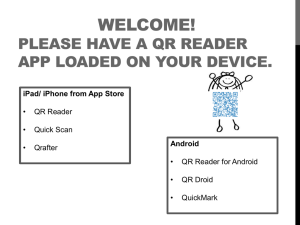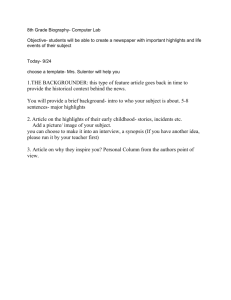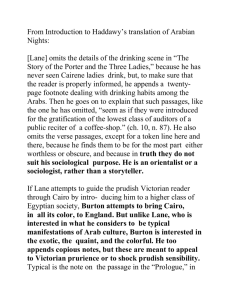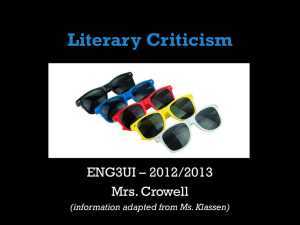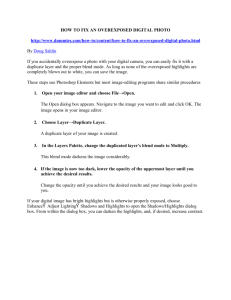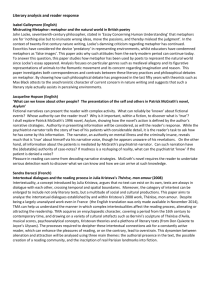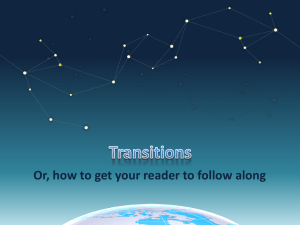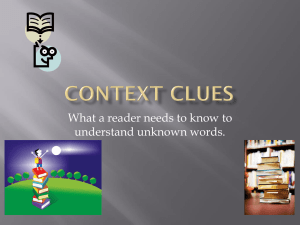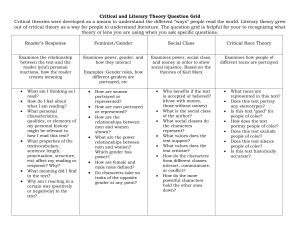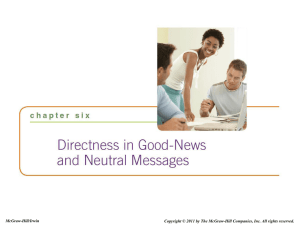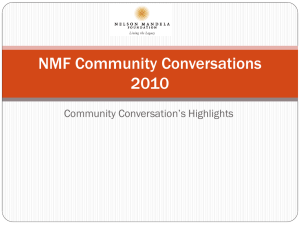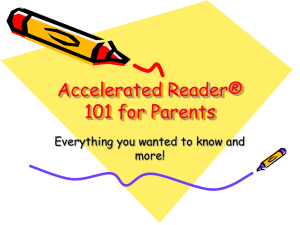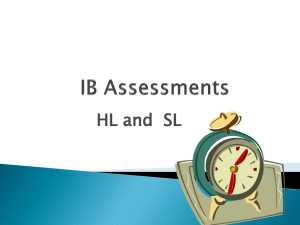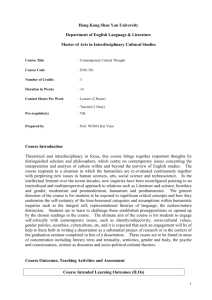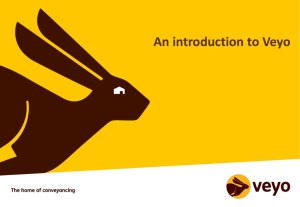Grade 9-10 - Alaska Department of Education & Early Development
advertisement
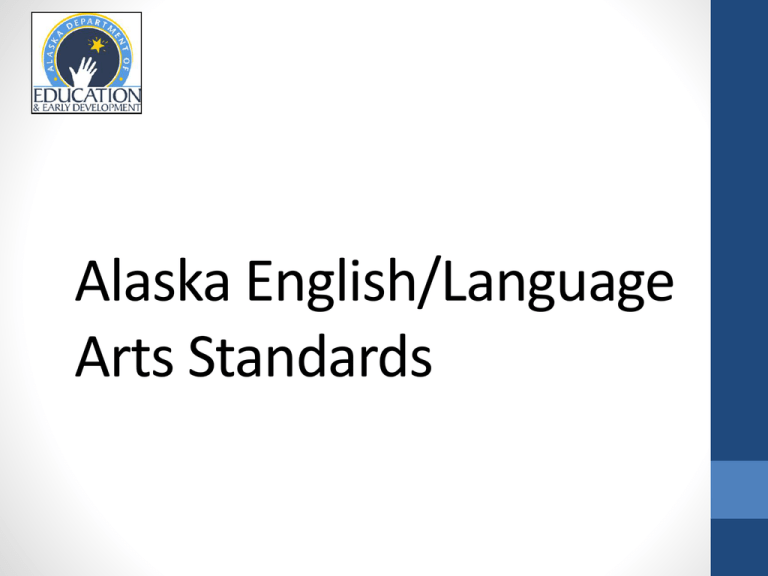
Alaska English/Language Arts Standards Objectives Highlight shifts in Alaska English/Language Arts Standards by Content Area Highlights In Reading Information and literature Text dependent questions and answers Complex Text Foundational Skills for K-5 Informational and Literary Text pg 8 pg 12 Example of Grade-Level Progression in Reading Reading Standard 3: Analyze how and why individuals, events, and ideas develop and interact over the course of a text. Reading Standards for Literary Text Reading Standards for Informational Text Grade3: Describe characters in a story (e.g., their Grade 3: Describe the relationship or connection among a traits, motivations, or feelings) and explain how their actions contribute to the sequence of events (e.g., creating or solving a problem). series of historical events, scientific ideas or concepts, or steps in technical procedures in a text, using language that pertains to time, sequence, and cause/effect. Grade 7: Analyze how particular elements of a story or drama interact (e.g., how setting shapes the characters or plot). Grade 7: Analyze the interactions between individuals, events, and ideas presented in a text (e.g., how ideas influence individuals or events, or how individuals influence ideas or events). Grade 9-10: Analyze how complex characters (e.g., those with multiple or conflicting motivations) develop over the course of a text, interact with other characters, and advance the plot or develop the theme. Grade 9-10: Analyze how the author unfolds an analysis or series of ideas or events, including the order in which the points are made, how they are introduced and developed, and the connections that are drawn between them. http://teachertube.com/viewVideo.php?video_id=250725&title=The_Balance_of_In formational_and_Literary_Texts_in_K_5 Text Dependent Questions and Answers Video http://engageny.org/resource/common-core-in-ela-literacy-shift-4text-based-answers/ Complex Text Text complexity is defined by w of Text Complexity Text complexity is defined by w of Text Complexity 1. Quantitative measures – readability and other scores of text complexity often best measured by computer software. Text complexity is defined by w of Text Complexity 1. Quantitative measures – readability and other scores of text complexity often best measured by computer software. 2. Qualitative measures – levels of meaning, structure, language conventionality and clarity, and knowledge demands often best measured by an attentive human reader. Text complexity is defined by w of Text Complexity 1. Quantitative measures – readability and other scores of text complexity often best measured by computer software. 2. Qualitative measures – levels of meaning, structure, language conventionality and clarity, and knowledge demands often best measured by an attentive human reader. 3. Reader and Task considerations – background knowledge of reader, motivation, interests, and complexity generated by tasks assigned often best made by educators employing their professional judgment. Reader and Task Watch- http://mediasite.k12.hi.us/HIDOE/Viewer/?peid=1d2454866ec44a769623b25 c287efe691d Highlights in Writing Research and technology Writing and reading standards are linked Opinion writing in early grades pg 18 Pg 22 Highlights in Speaking and Listening Supports collaboration Incorporates technology Highlights in Language Command of conventions Expand vocabulary pg.29 Recap Highlights • Reading • Writing • Speaking and Listening • Language Support for Districts • EED Website provides tools • Curriculum Alignment Institute supports districts with the transition process • Content Specialist Contact Information Karen Melin, Language Arts Content Specialist karen.melin@alaska.gov, 907-465-6536
